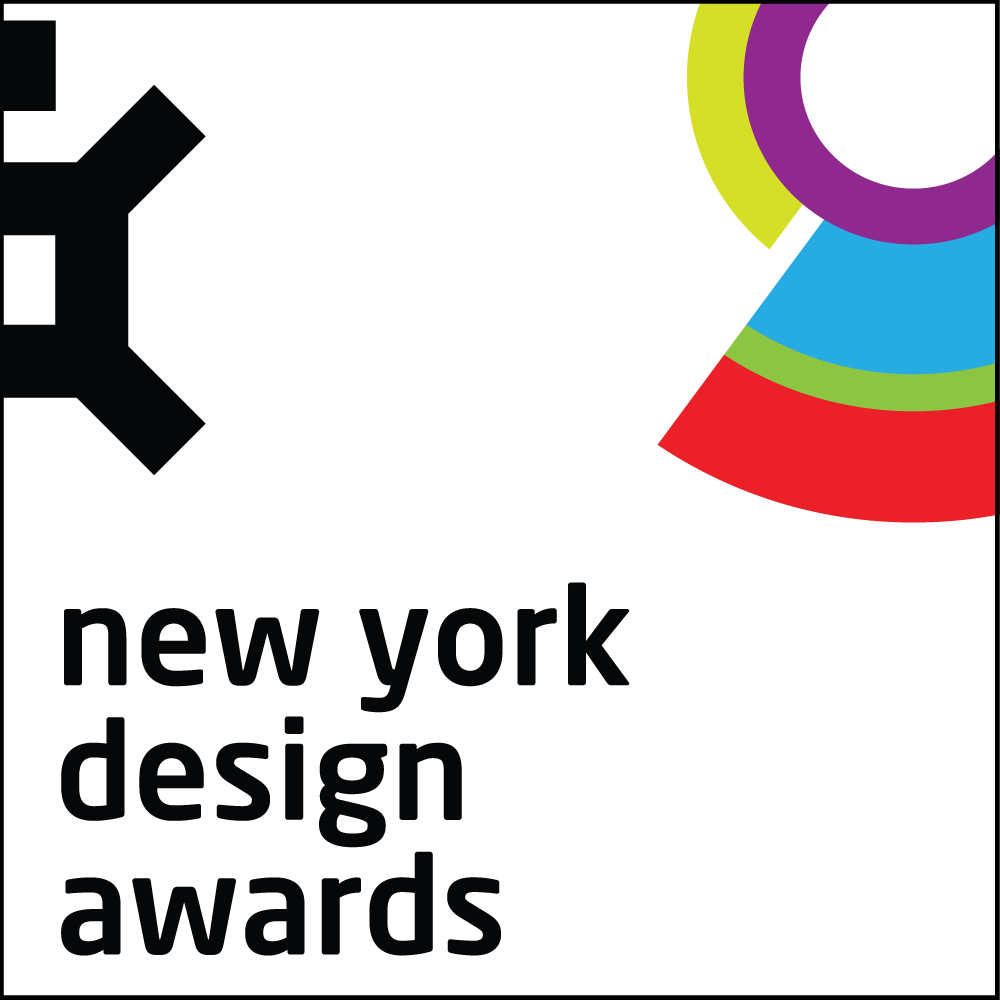










Project Overview
It’s not everyday you are commissioned to help introduce a comic property to the world. Let alone by Will.i.am and his collaborative partner Brian David Johnson, a futurist at Intel. When they approached us to launch Wizards and Robots, a scientific story of the past, present, and future, we knew we had to do it in a way that had never been done before. The final product was a unique 3D-printed “artifact” from the future, sent back by story’s main character, which lays out the foundation of the world of WaR though 4 encyclopedia-style books.
Project Commissioner
Project Creator
Team
Brent Watts - Executive Creative Director
Dustin Davis - Creative Director
Tosh Brown - Designer
Project Brief
To help Will.i.am and Brian David Johnson, a futurist at Intel, launch their transmedia venture, Wizards and Robots (WaR), we wanted to transcend the typical comic property launch, which usually means releasing the comic book before exploring other mediums. So, we decided to first build the world of WaR by developing the foundation of the story, diving into deep explanation behind the dynamics of this world. We achieved this non-traditional launch through the creation of “The Artifact”, a 3D printed, geometric piece that houses four encyclopedias of the story. They each explore a different facet of the story, including the background, the characters, languages, and other elements that give a behind-the-scenes perspective of this unique world.
Project Innovation/Need
For WaR, we explored numerous vehicles to develop an “encyclopedia of the future”. We determined that “The Artifact” would be sent back in time by the story's protagonist, a robot archivist named Kaku, and crafted a 3D-printed crystalline case (to reflect the freezing of matter when passing back in time). This artifact houses four different books, each with a distinct look to communicate the idea that this robot historian would have grabbed a variety of literature from his collection.
Each book is crafted using various processes that help highlight the elements of its relative story. We pretty much brought every technique to bear on this project: spot and metallic colors, transparent color overlays, de-bossing, fold-out pages and posters, different size and vellum inserts. One book highlights the transition of language over the history of mankind (and beyond), and another explores the scientific basis of time travel, time-space collapse and the cosmological singularity. One chronicles Kaku’s search for the evidence of wizards (yes, wizards), their hidden communication and the vast untapped potential of their magic. The last documents the evolution of robotics, from theory to historical robots and into the future with schematics for robotic construction.
Design Challenge
One of the biggest challenges of Wizards and Robots was timing. Given the short timeline from conception to final delivery at Will.i.am’s 2013 New York Comic Con panel discussion, it took an army (a very efficient army) to 3D print 200 geometric cases and then go on to produce 800 books to complete each artifact.
We were also faced with the challenge of creating something that tells the story of a new, integrated world. “The Artifact” is meant to showcase artwork and ideas, build a cohesive backstory that essentially acts as the bible for the project, while also staying true to the scientific/futuristic fundamentals at the core of the idea for this transmedia venture.
Effectiveness
Cumulatively, “The Artifact” tells a pre-story of a robot’s hope to save mankind through intelligence and lays out a fully fleshed world, all of which we were honored to have a hand in crafting.
This project is a unique take on a press kit and was sent to influencers in the comic and entertainment industry, media, as well as other creatives. It succeeded in providing the scope and nuance of what is being undertaken with Wizards and Robots, while also introducing the idea in a captivating way.
Graphic Design - Three Dimensional
This award celebrates creative and innovative design in traditional or digital visual representation of ideas and messages used in packaging. Consideration given to:
- clarity of communication and the matching information style to audience;
- the approach, including marketing and branding concerns, the dynamics of the retail environment, environmental considerations, and legal requirements;
- the component parts of packaging graphics such as colour rationalisation, information layout, feel and tone of illustration and photography, and finishes, and how they are used in isolation and in relation to each other; and
- the relationship to the anatomy of the structural design.
More Details

